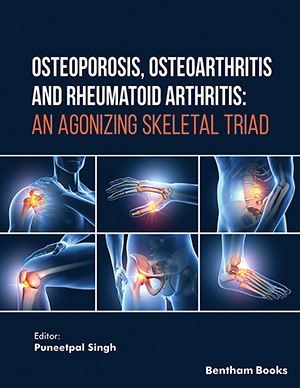
Abstract
Medications, through their mechanisms of action, can help elucidate the pathogenesis of SLE. Unfortunately, most medications used to treat SLE have multiple mechanisms of action or are not highly specific. Nevertheless, some understanding of SLE's pathogenesis can be derived from the medications used to treat it. Agents inhibiting B and T cells globally such as leflunomide, mycophenolate mofetil, cyclophosphamide and azathioprine show that a global effect is generally effective.
While limited by issues of unclear outcome measures and difficulty in study design, the usefulness of agents principally inhibiting B-cells thru CD19/20/22, such as rituximab and belimumab, indicate that B-cell abnormalities are important in SLE. Agents blocking B and T-cell co-stimulation such as abatacept and atacicept indicate modest but real effects, supporting this mechanism as of some importance in SLE Agents principally inhibiting T cells such as cyclosporine and tacrolimus also seem to have some efficacy, indicating that the calcineurin pathway is active in SLE. Transplant based therapies and re-establishing tolerance are of interest but and are effective but their effect seems to be transient, attesting to the highly reactive nature of the immune system in SLE. Finally, other investigational approaches such as inhibiting the IL-6 pathway (tocilizumab) or IFN pathway are being tested but results are too preliminary to make statements regarding the importance of these pathways, or treatments, in SLE.
Keywords: B-cells, biologics, DMARD’s, systemic lupus erythematosus, treatment, pathogenesis, .









